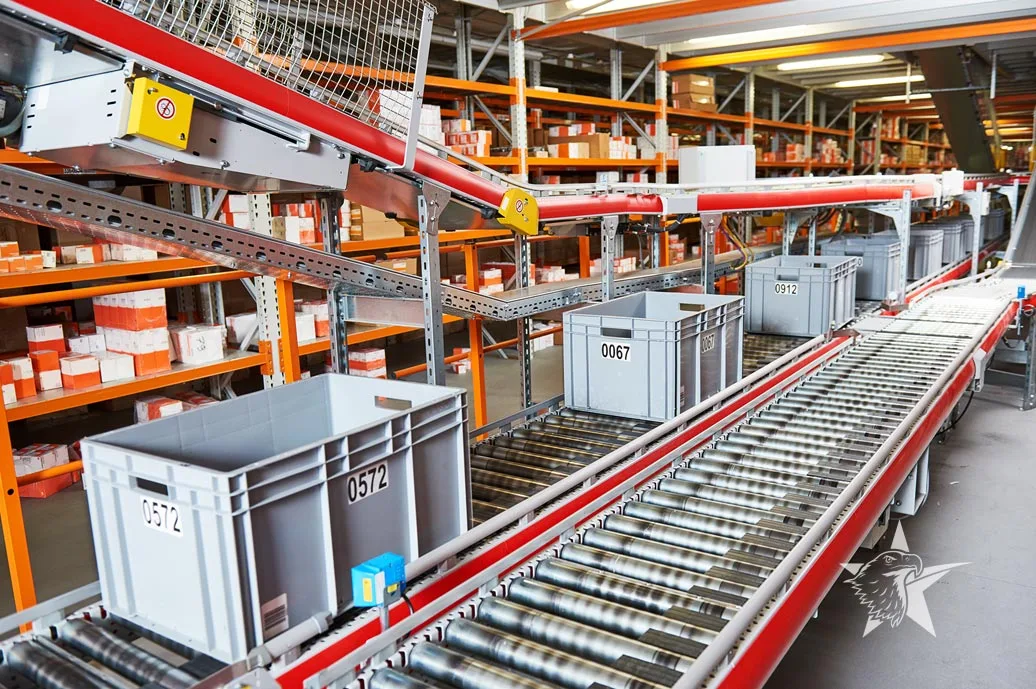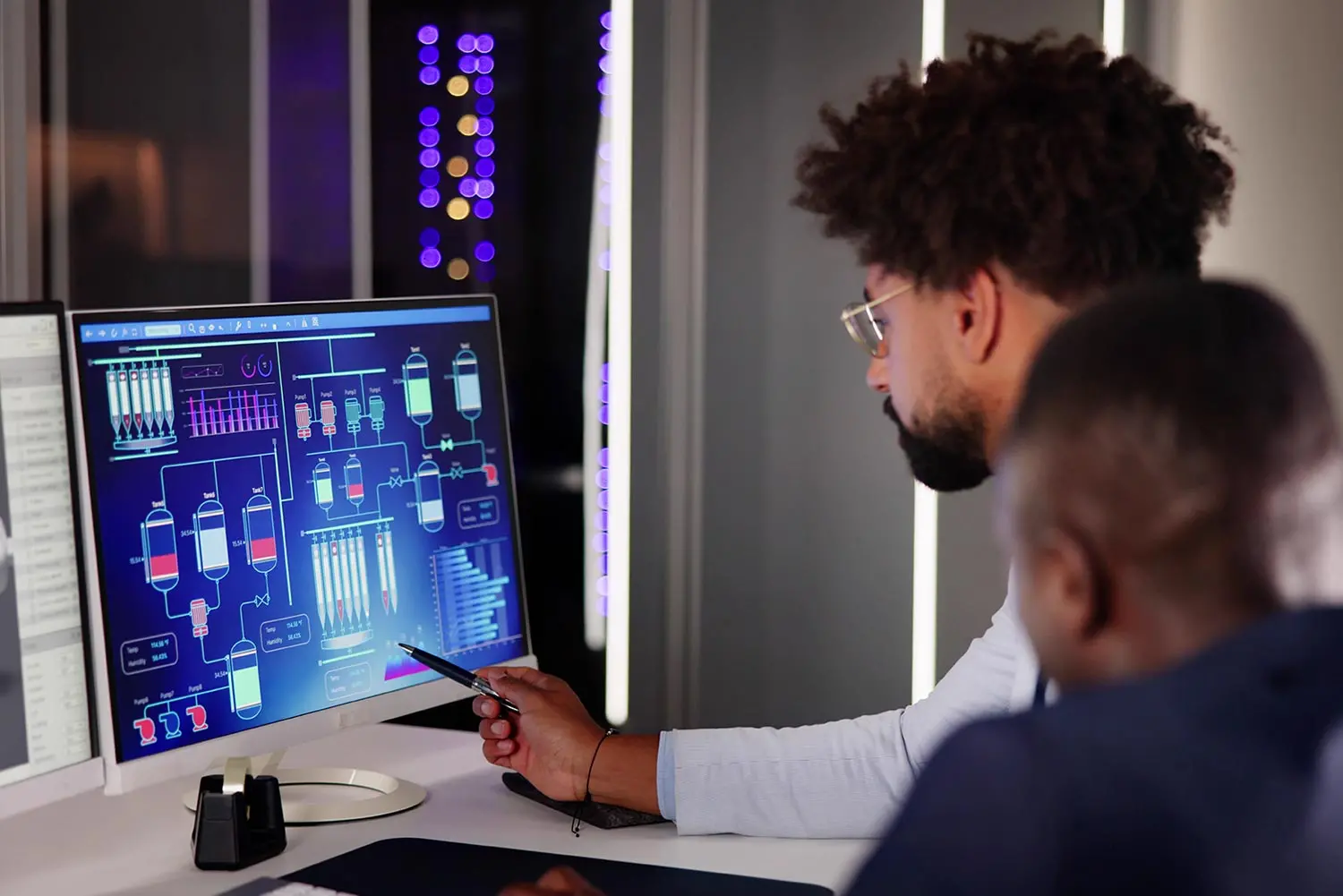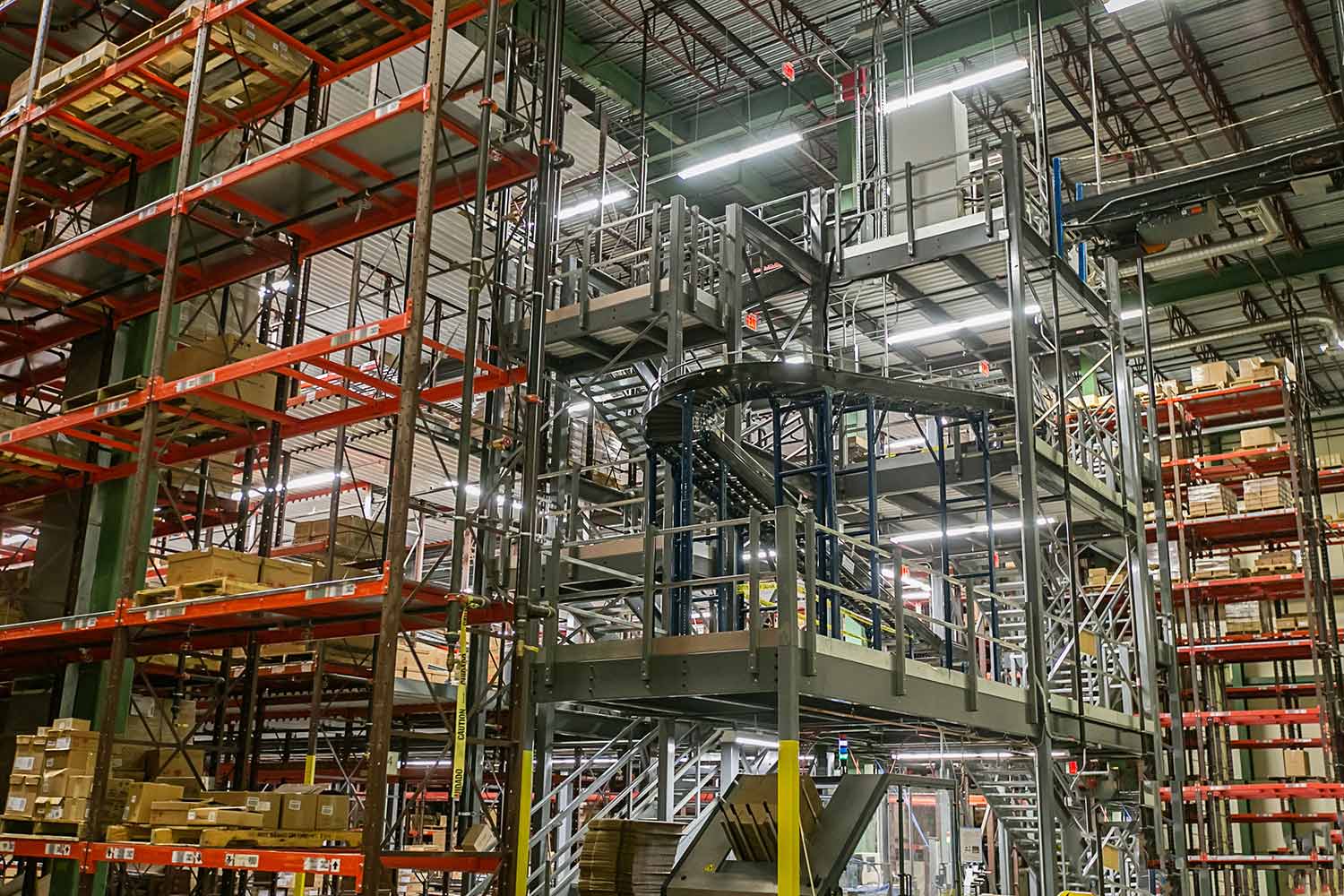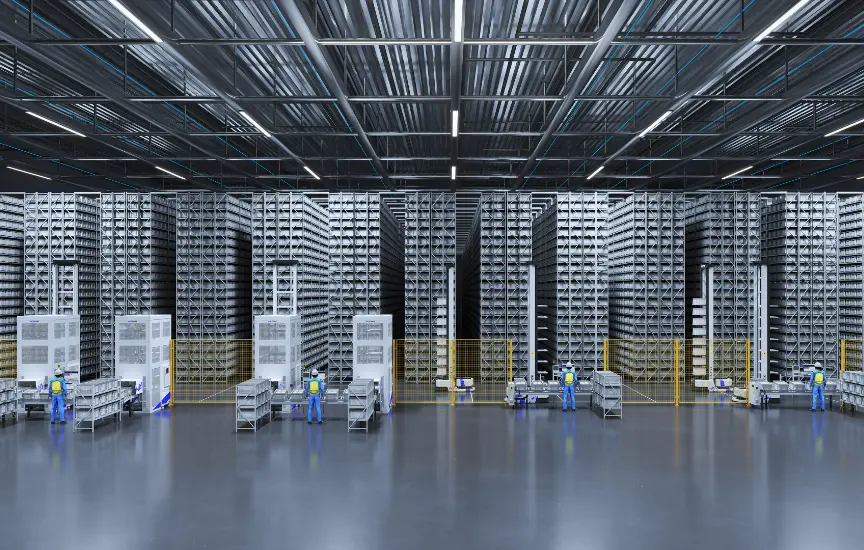
November 3rd, 2022
3 min readWhat’s the Difference Between Distribution Centers and Fulfillment Centers?
Most business owners and executives are familiar with the terms “distribution center” and “fulfillment center”, and yet it is often unclear what the differences are between the two. The ideas overlap, and sometimes the terms are used interchangeably. Further adding to the ambiguity, some reference sources like Wikipedia refer to fulfillment centers as being merely a type of distribution center.
Let’s take a closer look at the differences between distribution and fulfillment centers as the terms are commonly understood among supply chain professionals, and discuss the benefits and applications of each.
What is a Distribution Center?
A distribution center usually ships cases or pallets to retail stores or merchandisers – they generally do not ship directly to the consumer (D2C). This is not a strict distinction, and some distribution centers do ship D2C. For the most part, however, a distribution center delivers in bulk.
Distribution centers usually do not package individual items or “eaches”, and generally do not offer services like kitting or assembly.
Most distribution centers (DCs) offer fewer services than fulfillment centers. They are generally not intended to interface directly with the consumer, and are oriented more toward business to business (B2B) transactions.
An advantage to a DC is that it is typically lower cost than a fulfillment center (FC). DCs are more suitable for longer term storage than FCs. A DC is usually located at the periphery of a densely populated area to take advantage of lower cost real estate.
What is a Fulfillment Center?
A fulfillment center typically ships orders directly to the consumer (D2C). As such, fulfillment centers tend to be more oriented toward business to consumer (B2C) transactions. FCs often provide more services than a distribution center. Examples include packaging options, kitting services, bespoke labeling, and sometimes product assembly or finishing.
Because the goal of a fulfillment center is to provide quick delivery to the consumer, they are often located closer to high population density areas than distribution centers.
Not surprisingly, fulfillment centers tend to be more expensive than distribution centers. The FCs offer more services, but it comes at a price. Being located closer to city centers makes the real estate more costly. Unsold inventory stored in a fulfillment center frequently costs more than in a distribution center.
Fulfillment centers usually offer returns management or “reverse logistics” – something increasingly important as e-Commerce continues to rise as a portion of the retail market. E-Commerce transactions typically have a much higher rate of product returns than in-person shopping – twice as high, or even more.
No Hard and Fast Rules
Now that we have made these distinctions, it is important to know that the differences are not cast in stone. Many fulfillment centers will offer B2B services in addition to B2C. And distribution centers will sometimes offer to ship products directly to the consumer.
It’s like the difference between a car and an SUV. The distinctions between the two are generally understood, and yet there’s a lot of gray area in functionality.
Next Step
Not every solution is right for every warehouse. Contact IndPro specialists. Our team of experts will analyze the top challenges you face with your supply chain operations and provide consultation to maintain long-term profitability.
About IndPro
IndPro Services, a leader in Commercial Systems and U.S. Federal Government procurement, provides successful, efficient, data-driven solutions.
Dedicated to improving efficiency in warehouse and distribution center operations, we work on the same side of the table with you to help you procure the best possible solution for your specific application.
Related Posts

The Human-Robot Partnership Requires an Upskilled Warehouse Workforce
Article
Professional Integration is Crucial for Warehouse Automation & Robotics Implementation
Article